China Caixin PMI Manufacturing rose from 48.1 to 49.2 in October, above expectation of 49.0. Caixin noted that output and new orders fell again as COVID-19 containment measures continued. Selling prices fell for the sixth consecutive month. Business confidence edged up slightly.
Wang Zhe, Senior Economist at Caixin Insight Group said: “Overall, the negative impact of Covid controls on the economy lingered. In October, supply, domestic and overseas demand, and employment in the manufacturing sector all contracted, but the rates of contraction slowed from the previous month. Costs rose slightly, and cuts to output prices were still common. Logistics and transportation were still sluggish, and companies’ purchases and inventories rose slightly. Market sentiment improved, but optimism remained limited from a long-term perspective.




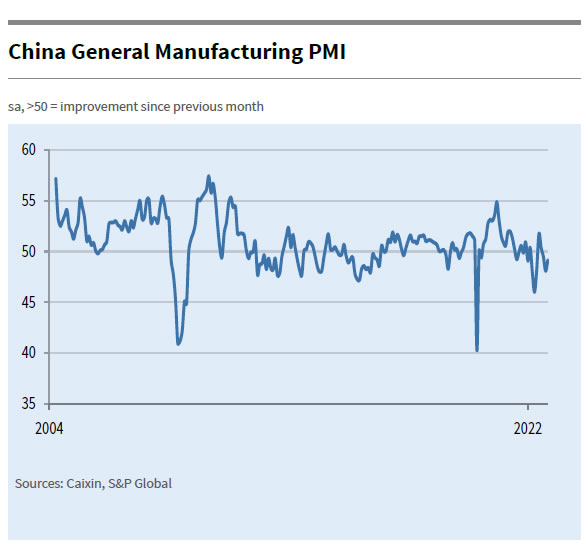
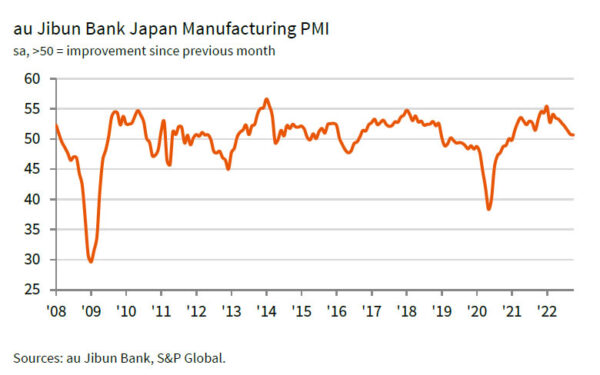
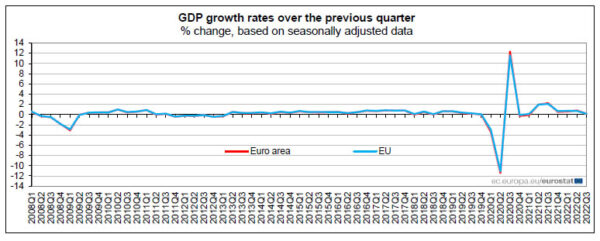
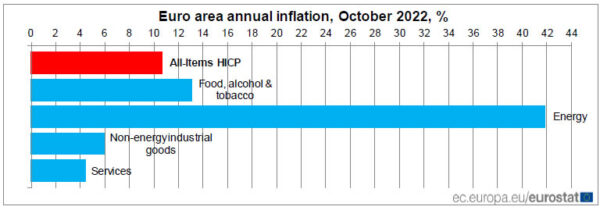
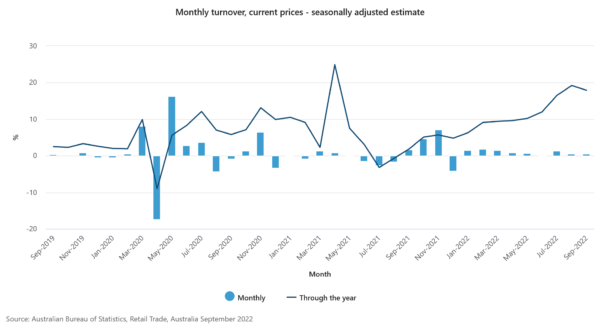
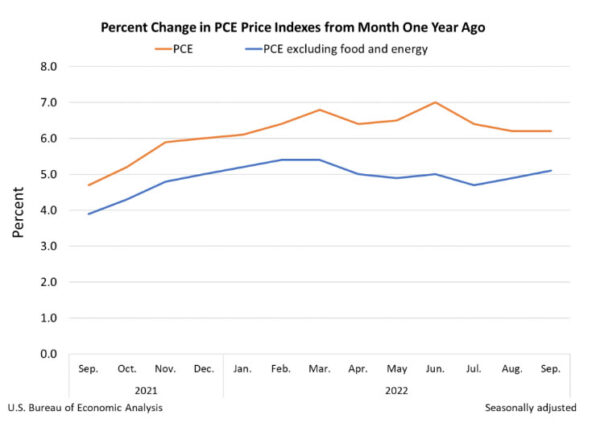
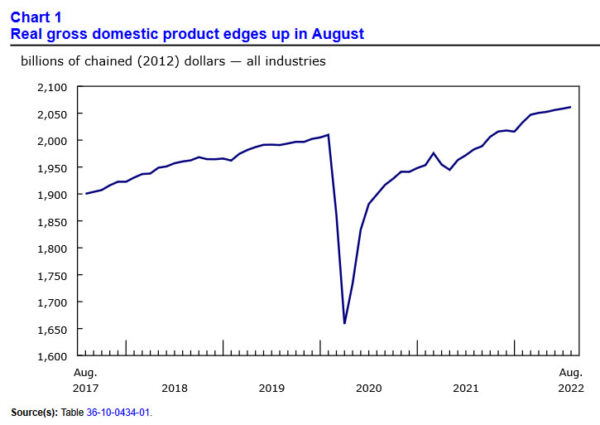
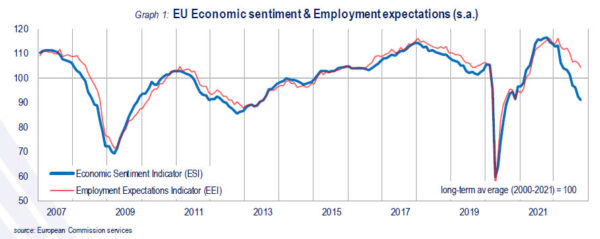
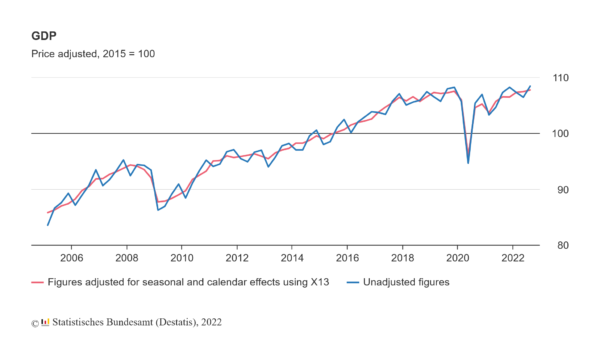
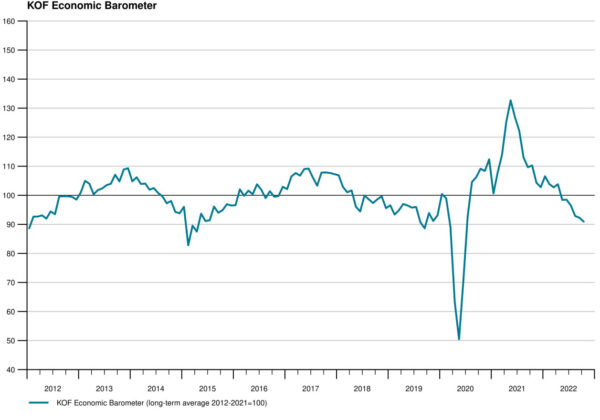
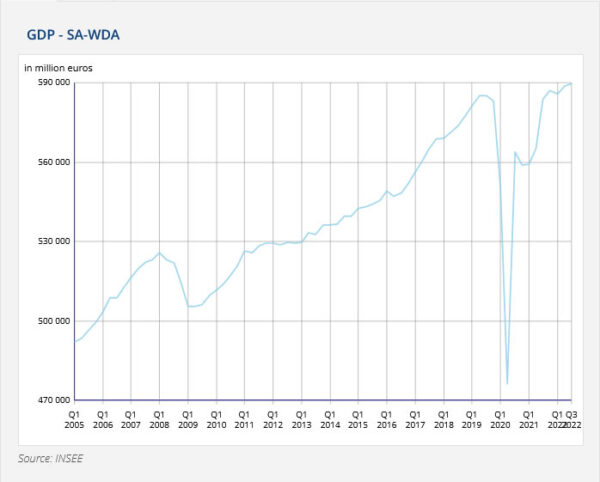

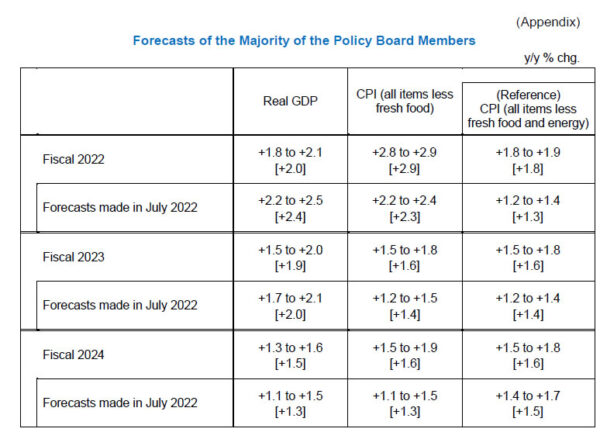


ECB Lagarde: We are not done with tightening yet
ECB President Christine Lagarde said in an interview, “Inflation is still far too high in the euro area as a whole… Higher energy and food prices are still the main drivers of price increases. We are increasingly seeing that these higher energy costs are feeding through to more and more sectors in the economy.”
“We expect to raise interest rates further to make sure that inflation returns to our medium-term target of 2% in a timely manner,” she added.
“Since July we have raised interest rates by 200 basis points – the fastest increase in the history of the euro,” she said. “But we are not done yet. We will decide on future policy steps meeting by meeting, each time assessing how the outlook for the economy and inflation has evolved, also considering how the measures we have taken so far are working.”
She admitted that the “likelihood of a recession has increased and uncertainty remains high.” But ultimately, “persistently high inflation rates are more damaging to society because they make everybody poorer.”
Full interview here.